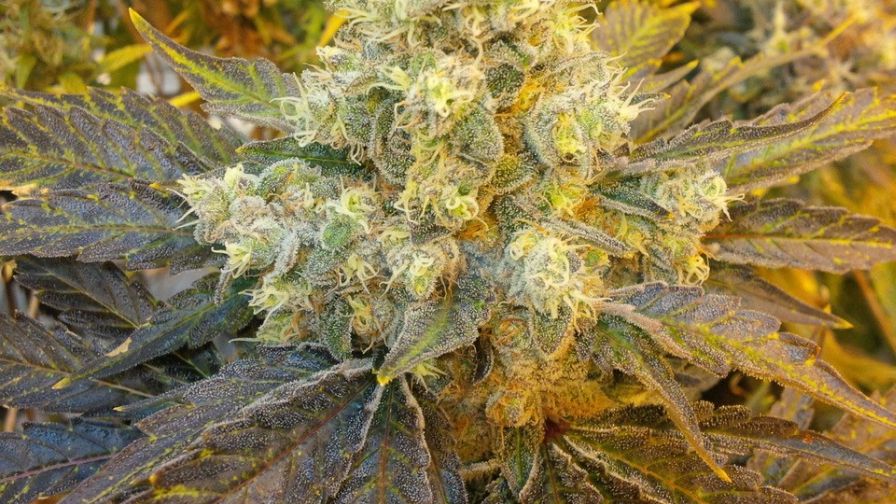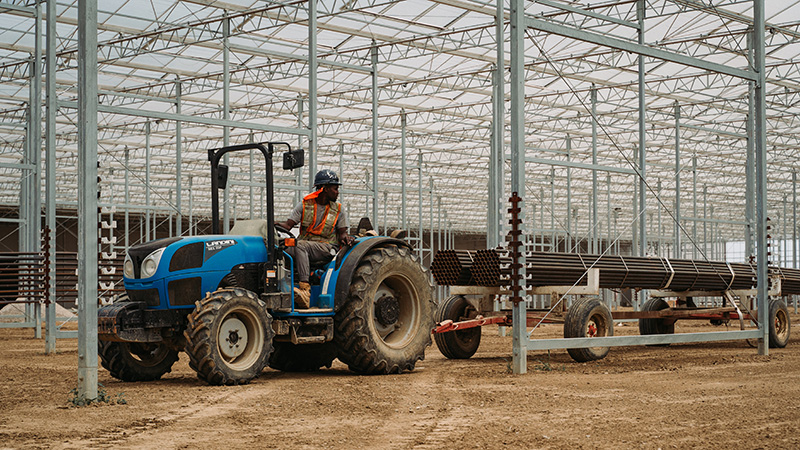Nine Tips for Improving the Efficacy of Your Spray Program
 Cannabis growers are prohibited from using most of the same chemical pest control products that ornamental flower and vegetable growers rely on to protect their crops.
Cannabis growers are prohibited from using most of the same chemical pest control products that ornamental flower and vegetable growers rely on to protect their crops.
But cannabis cultivators must still execute caution when applying wet sprays of organic-based products. Spray damage is common, but in most cases, it can be avoided with good agricultural practices and common sense.
If you’re responsible for the health and profitability of your cannabis crop, keep these nine tips in mind as you plan and execute your spray strategy:
1. Read the Label
Don’t apply a product for the first time based on the information you gleaned from an online cannabis chat room. Instead, read the label. Product manufacturers want you to succeed with their products, and reputable companies take significant measures to determine the ideal application rates. Once you go “off-label,” you risk damaging your crop and, worse, non-compliance.
2. Trial First
A common misconception about organic-based pest control products is that they are harmless. Most are highly refined natural oils or extracts from seeds or flowers, but they still have the potential to damage plants under certain conditions. It’s best to try new products on a few plants first. If no phytotoxicity occurs after 48 to 72 hours, it should be safe to apply to the entire crop.
3. Irrigate Before Spraying
Don’t apply wet sprays to dry or wilted plants. This can result in leaf burn that not only compromises the productivity of a plant but, in the case of ornamentals, can make them unsaleable. Plants should be turgid, and the soil should be moist. Prepare your plants for a spray application by irrigating the crop anywhere from a few hours to a day before spraying.
4. Be Cognizant of Temperature
Whether applying an insecticide to kill aphids or a fungicide to fight off powdery mildew, the longer a product stays on the plant, the more effective it will be. Plan spray applications for the coolest time of day to elongate the time a wet spray remains on a plant. In greenhouses, spray early in the morning or late afternoon. Indoors, shut off circulation fans during the application and for up to an hour after.
 5. Avoid Full Sun and Strong Grow Lights
5. Avoid Full Sun and Strong Grow Lights
Like high temperatures, intense light and wet sprays don’t mix. Water droplets can act like mini magnifying glasses that concentrate light and burn leaves. While more of a cosmetic problem than a health risk, burn specks resemble nutrient problems and may cause novice growers to unnecessarily troubleshoot a nutrient deficiency that doesn’t exist. Avoid this scenario by always spraying under low-light conditions.
6. Be Mindful of Compatibility
Tank mixing is the application of two or more different chemistries at the same time. For example, when a fungicide is mixed with an insecticide and applied to a crop. Tank mixing can save the time and labor of multiple applications, but growers should be mindful that many products don’t play well together. Incompatibility can result in solubility problems in the spray tank and phytotoxicity in the crop. If you have any doubt, do a jar test by mixing a little of both in a jar, shaking it, and seeing if they fall out of suspension. If they do, apply separately.
7. Become a Certified Pesticide Applicator
Ornamental flower and vegetable growers must have someone on staff with a pesticide applicator’s permit. This helps to ensure proper record keeping and the safety of greenhouse employees. Yet many cannabis operations aren’t even aware that pesticide certification exists, much less the need to keep certificates current with ongoing credits. Prep classes and exam dates are scheduled throughout the year; reach out to your local agricultural extension agent and sign up today.
8. Don’t Spray Your Beneficial Insects
Wet sprays can negatively affect the efficacy of beneficial insects. For example, growers that apply sulfur to keep molds and mildew at bay will kill off beneficial insects in the process. Growers that rely on predatory insects must carefully time their wet spray applications. To avoid working against yourself and wasting money, coordinate with your beneficial insect supplier to establish a compatible IPM program.
9. Increase Precision Through Automation
The use of electrostatic sprayers and ultra-low volume (ULV) sprayers can help you save labor, use less pesticide, and improve the efficacy of your wet spray program. Electrostatic sprayers positively charge spray droplets, so they are attracted to the negatively charged surfaces of the plant. This is especially important for coverage of hard-to-reach areas in the crop. ULV sprayers are “set it and forget it” units that fill an enclosed space with a pest control product. Both are effective ways to ensure total crop coverage while saving money on labor and inputs.
When it comes to wet spray applications, cannabis is no different than any other commercial crop. If you read the product label, make sure your plants are well irrigated, and avoid intense light and temperatures, you’ll rest easy knowing that your spray program is working as hard as you do.









